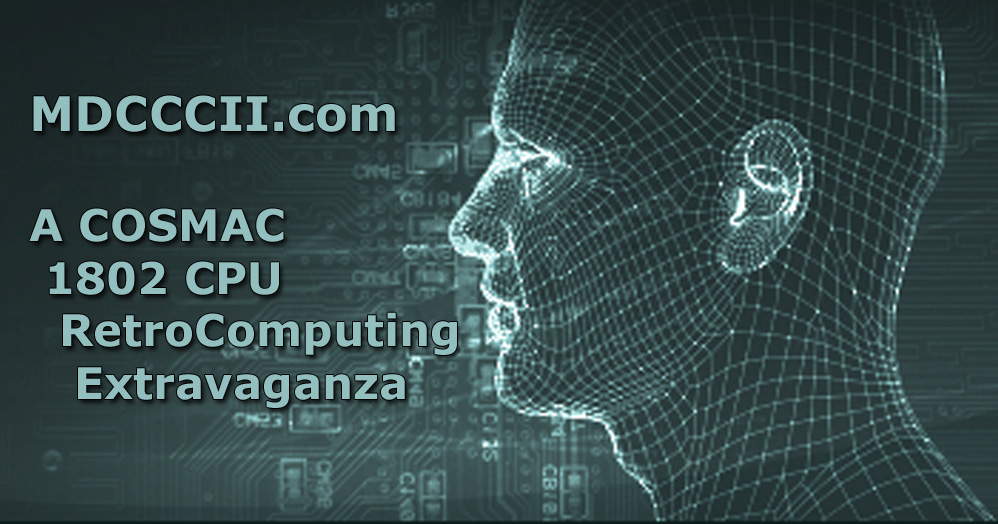People
This information is gathered mostly by William Donnelly, from primary and secondary sources when possible, tertiary sources when that is all that is available. An attempt is made to double- (and triple-) check when possible from independent sources to insure reliability, validity, and accuracy. Most of the sources are virtual content found on the Internet World Wide Web. Citations and references are noted as much as possible. Some of this information is cross-posted to Wikipedia in small part when deemed appropriate. Information from Wikipedia is also sometimes incorporated here (and throughout). William Donnelly is an editor/contributor to Wikipedia, focusing on 1802-related topics. All itemized information found has been added to The Archive.
• Barry Mead
Part of this information was found on the Web but most is from e-mail exchanges in March 2016. Mr. Mead gave us express permission to share this information with the 1802 Community and use it as archival historical documentation. His supplied content has been edited here with an attempt to closely follow his thoughts and words.
Short Bio: Barry Mead is an Electronics Engineer and Software Developer. He invented the world's first "Check as you type Spelling Checker" (Turbo-Lightning) marketed by Borland International. Barry was one of the 5 top design engineers on the Space Shuttle Crypto Computer project and also designed the prototype of the scrambler phone that sits on the U.S. President's desk. He told us about two 1802-based projects he worked on, a Boeing 737 Digital Chronometer and an Electronic Fill Device that was part of the security system used during the U.S. Space Shuttle operations.
• Boeing 737 Digital Chronometer: Barry was one of four Digital Electronics Engineers working at Smith's Industries in Clearwater, Florida from 1976 to 1978. One project he worked on was the Digital Chronometer aboard the Boeing 737 aircraft, which used an 1802 microprocessor. He was not the primary engineer for the project. He helped out peripherally on the Chronometer, as they all shared ideas and design tips with each other as helpful colleagues. At the time he was working on a retrofit modernized redesign of the Heads Up Display for the Harrier Vertical Takeoff aircraft.
The RCA 1802 was one of the first totally CMOS microprocessors and that allowed them to save power by shutting down the CPU between 1-second timer tick interrupts. Power, Heat, and Weight are all enemies in aircraft avionic systems. The 1802 saved them in all three areas. If you don't generate much heat to begin with, then you don't need heavy heat sinks to dissipate it.
• Electronic Fill Device: Another 1802-based application Barry worked on was the "Electronic Fill Device" used in conjunction with the Space Shuttle's Secure Communications System. While working at Motorola he was the Senior Software Engineer for the central computer core that controlled the secure communications systems. Each Space Shuttle was equipped with several Crypto Computers of Motorola's design. Barry designed the software and oversaw system integration for each of them. To make Encryption/Decryption systems operate, a top secret key is required. To get that top secret key into the system they used an Electronic Fill Device handled by an armed secure courier. They also designed this fill device which never left the ground. It used the CMOS RCA 1802 CPU because that offered several advantages over NMOS technology. The CMOS CPU had no minimum clock rate, so it could be completely shut down, during transport. This zero clock rate shutdown mode also offered superb battery life.
There were three types of encryption computers of Motorola's design on the shuttle. There was a redundant backup unit of the third type to guard against mission critical failures. All four of these secure communications computer systems had to be "Loaded" with top secret mission keys before launch, and the 1802-controlled Electronic Fill Device was attached to each of them with a cable prior to launch for this purpose. This design effort was performed by Motorola as a subcontractor to the National Security Agency in the years 1979-1982. These units were installed in ALL of the Space Shuttles to ensure that they could handle secure military missions. The Electronic Fill Device was a portable hand held device about 10 inches long, 4 inches tall, and 2 inches wide. They also designed companion systems for the ground side of these communications, that were also loaded with these same Electronic Fill Devices. They designed a total of seven unique types of Secure Communications Computers Systems that were loaded with the Electronic Fill Device (3 types were on the Shuttle, and 4 types were on the ground).
Note: There have long been rumors that the 1802 was used on the Space Shuttles. This has not yet been verified. It could be that these 'rumors' came from this device. This is still being investigated.
Citations and References: (pertinent only; non-inclusive)
• Information supplied via personal e-mail communications with William Donnelly in March 2016.
• HP Museum Forum Post by Barry Mead, March 13, 2016 (archived)
